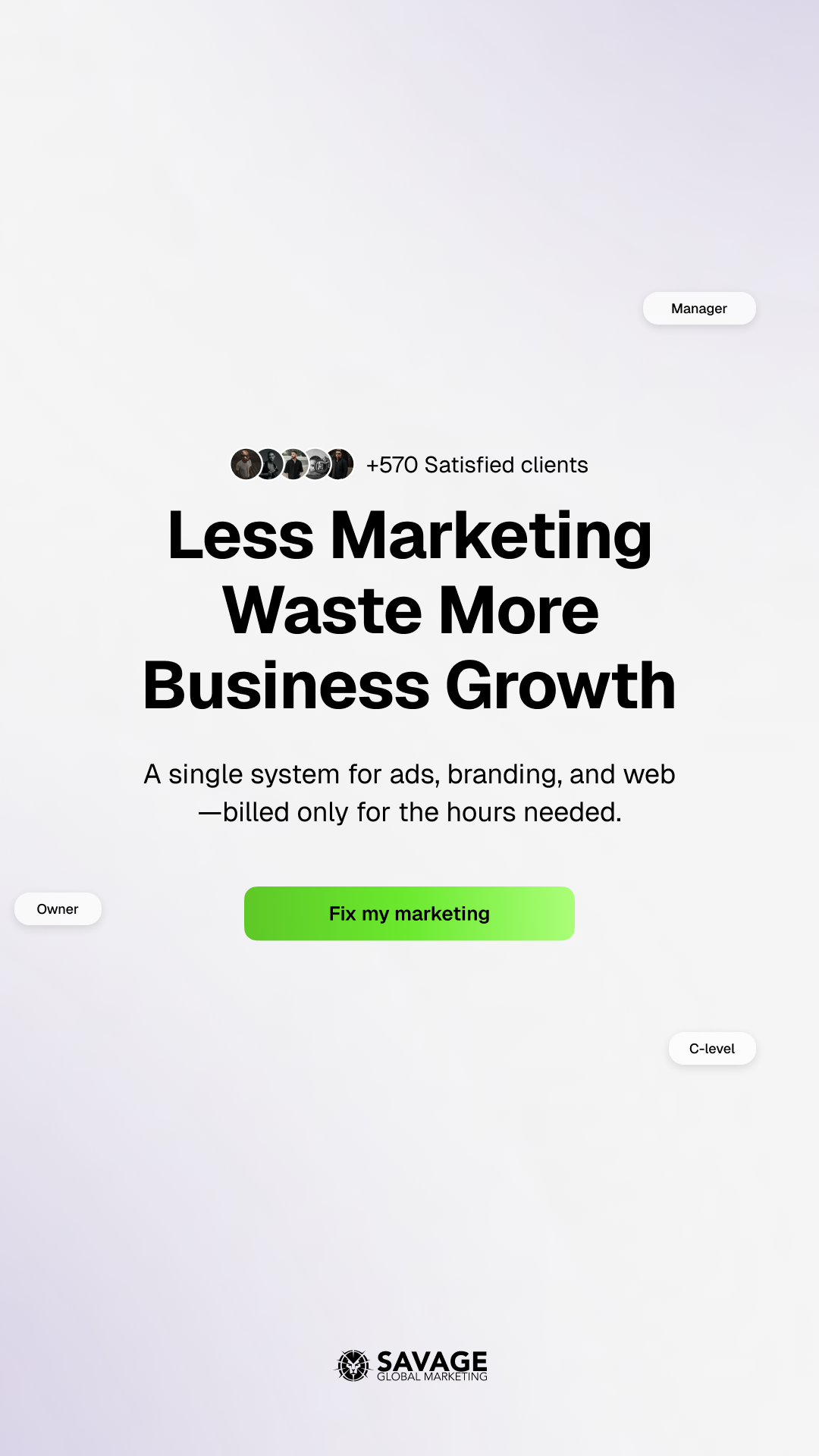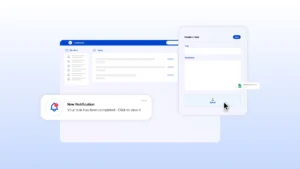There is no denying the importance of social media content marketing for the success of a business. In fact, according to a report by Statista, almost 91% of organizations worldwide are using social media content marketing, especially social media ads, as part of their overall marketing strategy. The COVID19 breakout and the ensuing lockdown have further highlighted the importance of having a functional multichannel and multidimensional digital marketing strategy, including images, videos, promotional advertisements, gifs, animations, blogs, and more.
We aren’t here to discuss the importance of digital content marketing, but instead to educate marketers on the most common social media ad sizes for each platform. Advertisements are an integral part of the content marketing strategy as they serve as the introduction to a business’ products/services, as well as constant reminders that the target audience needs the product in their lives.
The entire process sounds very simple but is, in fact, quite complex and multi-layered. You cannot just create an advertisement and publish it. You will have to conduct extensive research into your target market, their behavioral patterns, requirements, identify which social media platform they use the most, and when before you even start storyboarding your advertisement.
The equation will go something like this:
Research
- Plan
- Execute
- Monitor
- Learn
- Improve.
Part of the research phase will include understanding platform requirements as well. The process sounds extensive? Well, it is! So here, we mention common social media ad sizes for each platform to aid you in your research.
Facebook Ads
Facebook allows content creators to create and post several different types of advertisements, including images, videos, 360-degree photos, and carousels. The latest trend is to create vertical video ads to allow customers the option to continue scrolling through their news feed without having to tilt their phones.Facebook ad sizes and trends continue to change, but here are the most commonly used ad sizes, proven to capture user attention.
Video Aspect Ratios
• Landscape– 16:9
• Square – 1:1
The platform recommends keeping the videos short, around 15 seconds, and enabling them for soundless viewing by providing captions by adding captions.
Landscape and Square Ads – Dimensions
• 1280 x 720 pixels
File Size
• Max 26GB
Image Ad Size
• 1,200 x 628 pixels
Instagram is primarily a photo-sharing platform but has established itself as an important advertising platform. In 2015, Instagram officially launched its video guidelines, further increasing its importance as a marketing platform. Here, you can post videos in three different formats, landscape, portrait, and square.
• Landscape – 600 x 315 pixels
• Square- 600 x 600 pixels
• Vertical video – 600 x 750 pixels
The recommended maximum video length is 60 seconds, and the video file size is 4GB.
Recommended IGTV Ad Specs
• 1080 x 1920 pixels – minimum is 720
• File size – 650 MB for 10 minutes and a maximum 3.6 GB for 60 minutes
• Aspect ratio – recommended (9:16) – can also support 16:9
Image Ads
• Recommended resolution – 1080 x 1920 pixels
• Aspect Ratio – 9:16
YouTube
YouTube is the most popular video content platform that also doubles as a search engine. If you want to strengthen your video marketing strategy, you will have to focus on your video marketing strategy. Uploading a video on YouTube is a very straightforward process. However, here are some specifications to keep in mind so as not to ruin video quality.
• Minimum dimensions – 240p (426 x 240)
• Maximum dimensions – 2160p (3840 x 2160)
• Maximum size – 128GB (12 hours)
• Aspect ratio – 16:9
If you want to target professionals and businesses, LinkedIn should be your go-to platform. Though LinkedIn is a relatively new video sharing platform, it is still an important one. In fact, LinkedIn is likely going to become a premium video sharing platform in the near future. It allows users to share video ads in the landscape, square and vertical formats.
• Landscape dimensions – minimum 640 x 360; maximum 1920 x 1080
• Square video dimensions – minimum 360 x 360; maximum 1920 x 1920
• Vertical dimensions – minimum 360 x 460; maximum 1080 x 1920
• Aspect ratios – landscape (16:9), Square (1:1), Vertical (9:16)
• Maximum file size – 200MB
Google offers the most diverse range of ad types and sizes, including text ads, image ads, app promotion ads, shopping ads, dynamic search ads, video ads, and call-only ads. You can divide the recommended ad sizes into two main categories, mobile and computer ads.
Common Mobile Ad Sizes
• 300 x 200px
• 300 x 50px
• 300 x 100px
• 250 x 250px
• 200 x 200px
Common Computer Ad Sizes
• 300 x 250px
• 336 x 280px
• 728 x 90px
• 970 x 90px
• 468 x 60px
• 300 x 600px
• 160 x 60px
• 250 x 250px
• 200 x 200px
Bing
Bing is the second most popular search engine. Thus, it holds massive potential for advertising, especially for smaller businesses with a limited budget. If you don’t want to run an expensive paid promotional campaign on Google, Bing is ideal for you. Here, you won’t have to compete with millions of other advertisers and may have better chances of success.
• 300 x 250 px (1.2:1)
• 100 x 75 px (4:3)
• 300 x 200 px (1.5:1)
• 640 x 360 px (16:9)
Concluding Note
The above mentioned common social media ad sizes may change within the next few months, even as social media platforms are constantly changing their algorithms—changes in consumer behavior also fuel changes in recommendations for social media marketing strategies. The key to a successful digital marketing strategy is to stay on top of current trends.



